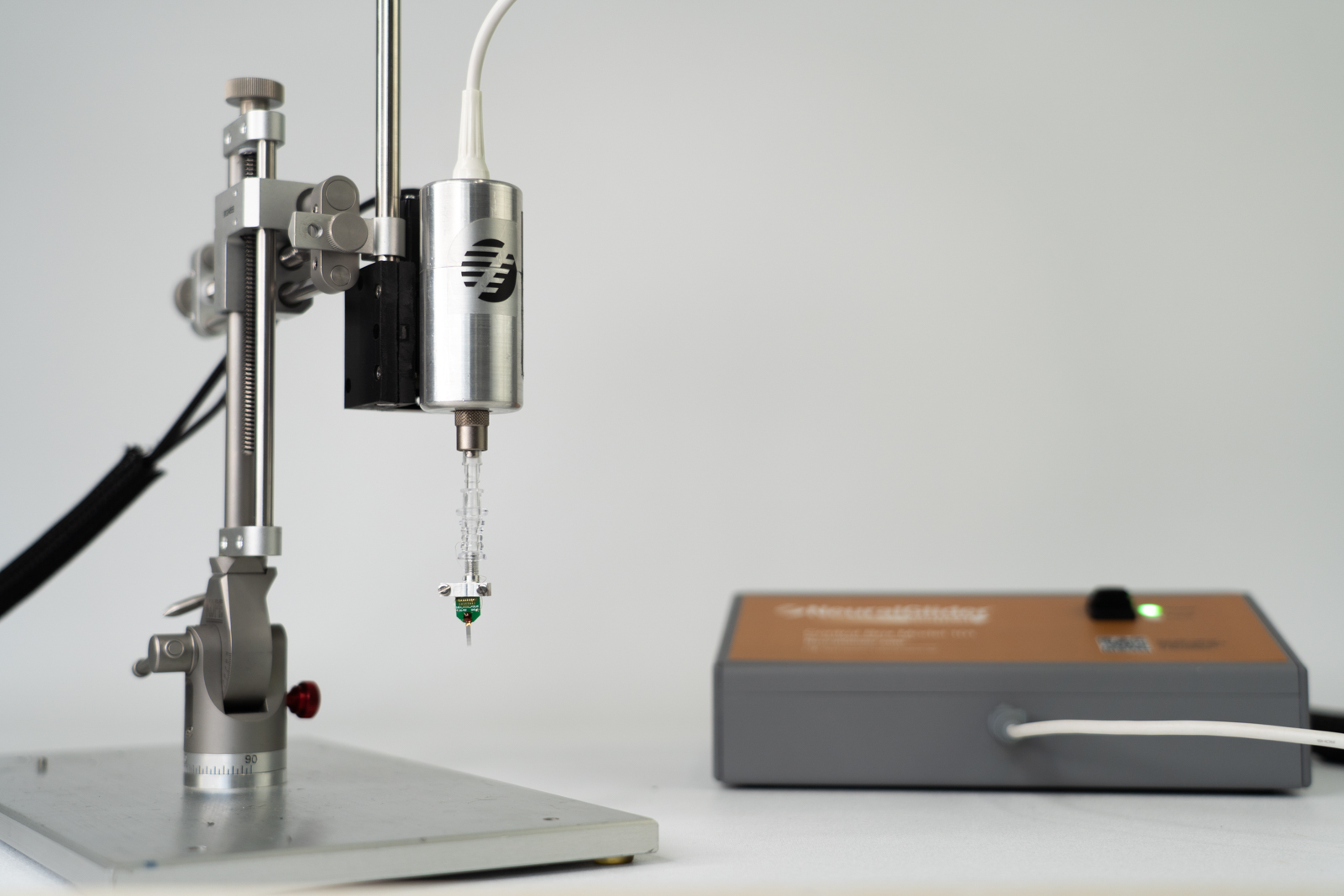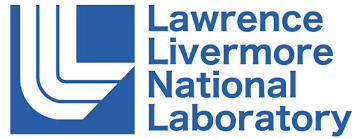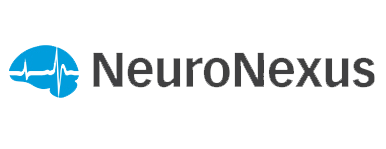better insertions, better research
Say goodbye to cortical dimpling.

Produce Consistent Insertions
Surgical consistency is critical for repeatable electrode insertions in multi-subject datasets. The NeuralGlider Inserter standardizes electrode insertions for all users so researchers can eliminate variability in electrode placement methodology (e.g., velocity, depth, tissue deformation) and ensure reproducibility across experiments. This consistency allows for accurate comparison of data, reliable trend analysis, and meaningful statistical interpretations.
Reduce Tissue Deformation
Tissue deformation during electrode insertion can have significant repercussions in preclinical research, inducing inflammation, gliosis and loss of neuronal density and complexity. Chronic tissue compression negatively impacts the localization of cortex-spanning electrodes, requiring post-hoc channel alignment between subjects, reducing the number of active channels and increasing data analysis duration and complexity. Additionally, chronic tissue strain has been shown to negatively impact neuronal excitability, reducing the quality of single and multi-unit recordings. By minimizing tissue deformation, the NeuralGlider Inserter ensures precise electrode positioning, reduced tissue damage and standardized insertions, enabling researchers to obtain reliable and high-quality single and multi-unit recordings immediately following insertion. Using the NeuralGlider Inserter simplifies surgical procedures and data analysis pipelines, facilitating groundbreaking discoveries.
About the NeuralGlider Inserter
The NeuralGlider Inserter uses ultrasonic micro-vibration to reduce forces and resultant dimpling during neural implant insertions. It has been tested in vitro, ex vivo, and in vivo with a variety of neural implants. The reduced insertion force facilitates slow (0.1 mm/s), accurate implant insertions while minimizing displacement/dimpling of the cortical surface, helping to preserve the integrity of the underlying neural tissue.

Selected Publications
“Recording of pig neuronal activity in the comparative context of the awake human brain.”
Aksharkumar Dobariya, Tarek Y. El Ahmadieh, Levi B. Good, Ana G. Hernandez-Reynoso, Vikram Jakkamsetti, Ronnie Brown, Misha Dunbar, Kan Ding, Jesus Luna, Raja Reddy Kallem, William C. Putnam, John M. Shelton, Bret M. Evers, Amirhossein Azami, Negar Geramifard, Stuart F. Cogan, Bruce Mickey & Juan M. Pascual
“Influence of Implantation Depth on the Performance of Intracortical Probe Recording Sites.“
Usoro JO, Dogra K, Abbott JR, Radhakrishna R, Cogan SF, Pancrazio JJ, Patnaik SS.
Kim H-J, Clement RS, Bagwell RB, Tirko NN, Shih Y-Y, Lee S-H.
“The NeuralGlider Inserter helped us to get a better outcome for our DBS-fMRI study. The micro-vibration really reduced impact resistance during implantation of flexible probe as well as chronic glial cell formation, so that we could get higher accuracy of electrode placement and reliable stimulation-induced hemodynamic responses from fMRI.”
Sung-Ho Lee, Ph.D.
The University of North Carolina at Chapel Hill
“The pia mater was left intact to minimize hemorrhaging due to its dense vasculature, which could be disrupted during electrode insertion. Thus, ultrasonic micro-vibration [NeuralGlider] was used during insertion for pia mater penetration of a-SiC microelectrode arrays, which was needed due to the thin and flexible characteristics of ultrasmall a-SiC electrode arrays.”
“Recording of pig neuronal activity in the comparative context of the awake human brain.”
Aksharkumar Dobariya, Tarek Y. El Ahmadieh, Levi B. Good, Ana G. Hernandez-Reynoso, Vikram Jakkamsetti, Ronnie Brown, Misha Dunbar, Kan Ding, Jesus Luna, Raja Reddy Kallem, William C. Putnam, John M. Shelton, Bret M. Evers, Amirhossein Azami, Negar Geramifard, Stuart F. Cogan, Bruce Mickey & Juan M. Pascual
NIH SBIR Subawardees






These works are/were partially supported by the Brain Initiative at the National Institutes of Health National Institute of Neurological Disorders and Stroke (NIH/NINDS) Small Business Innovation Research (SBIR) Grant No. NS105500 and National Institute on Drug Abuse (NIH/NIDA) SBIR Grant No. DA051265 and the Defense Advanced Research Projects Agency (DARPA) Biological Technologies Office (BTO) Electrical Prescriptions Contract No. HR0011-16-C-0094. The views, opinions, and/or findings contained in this work are those of Actuated Medical, Inc. and should not be construed as an official government position, policy, or decision unless so designated by other documentation.


